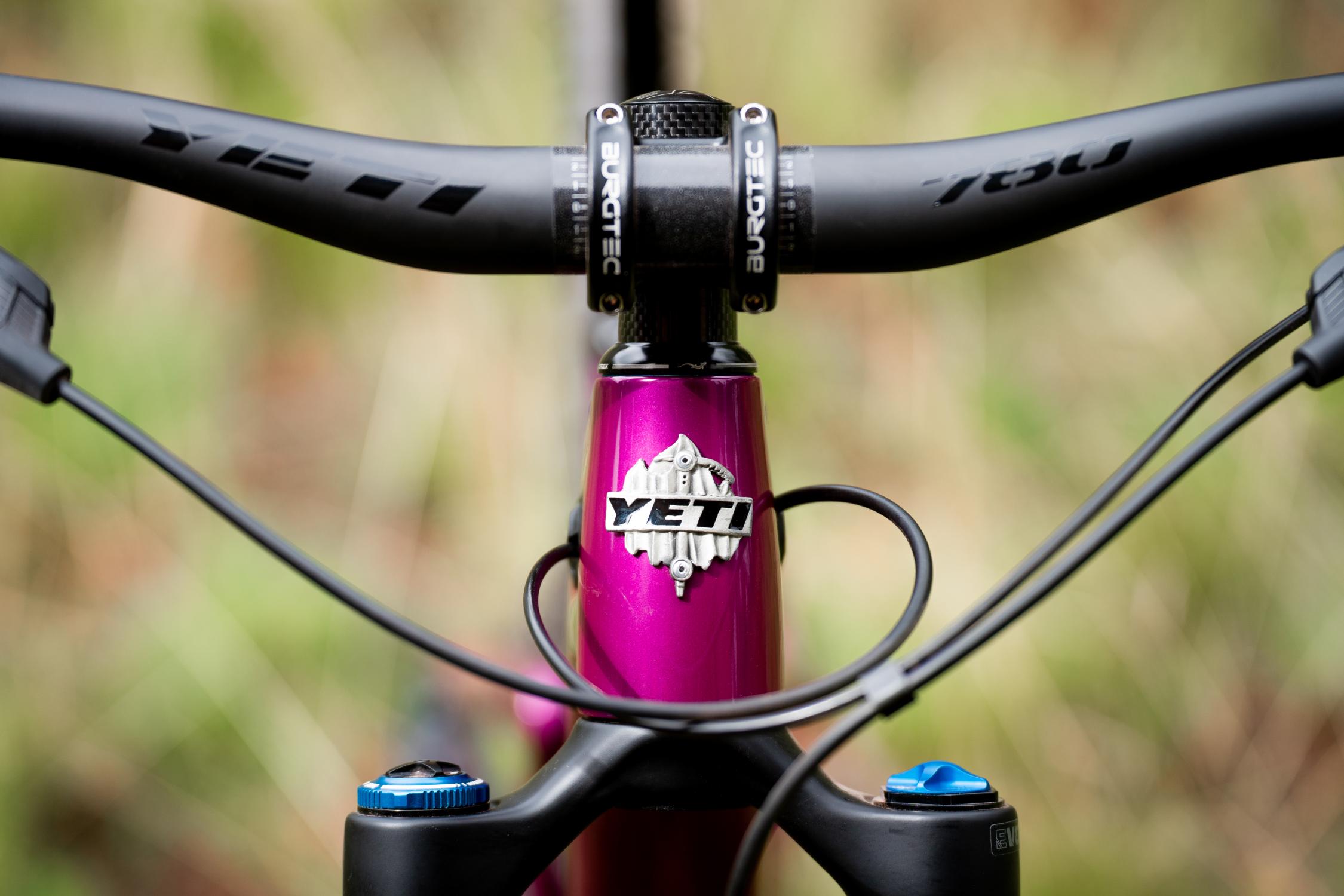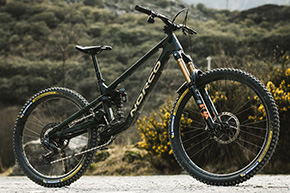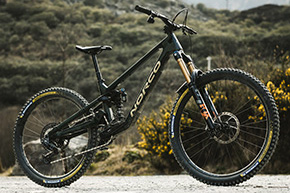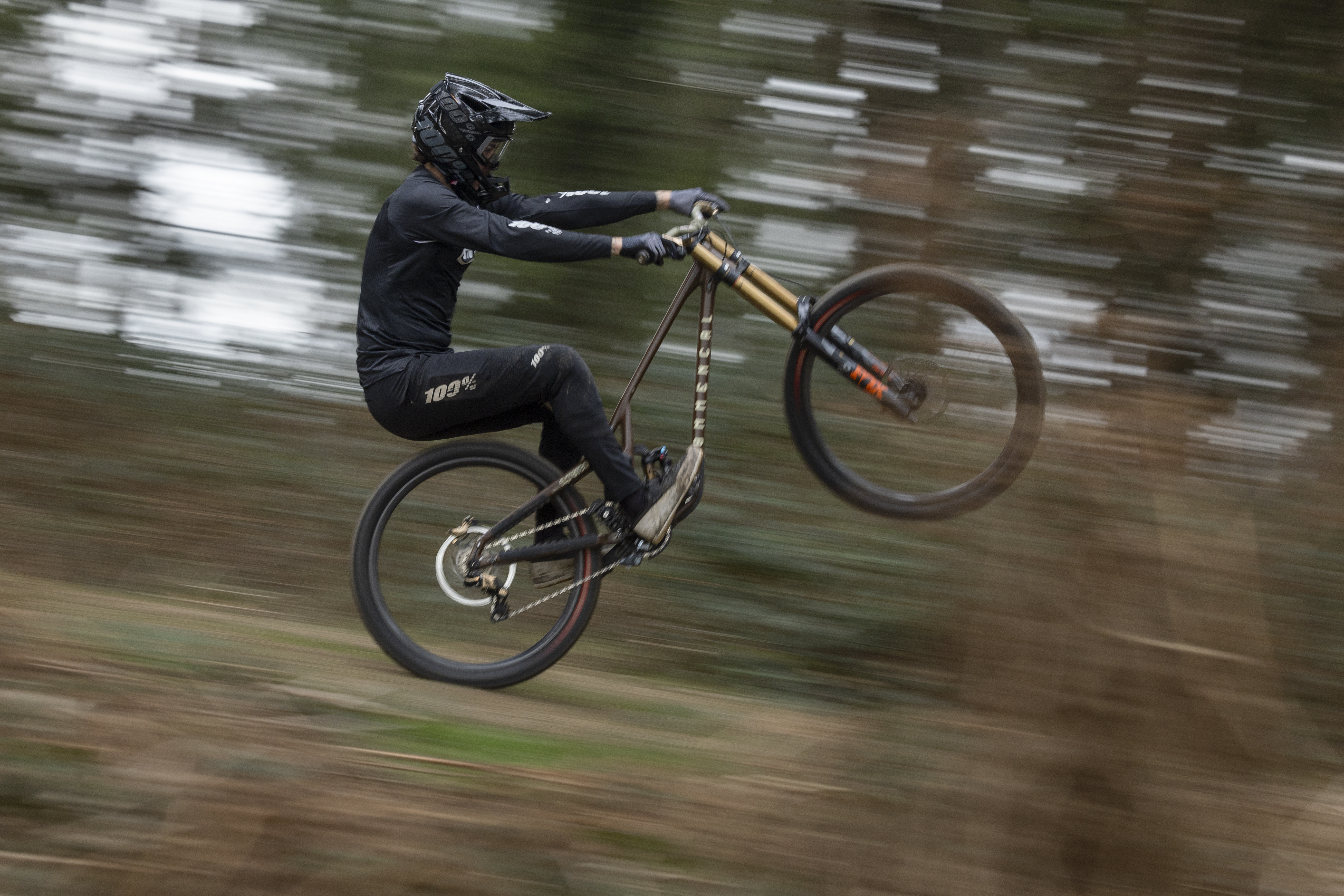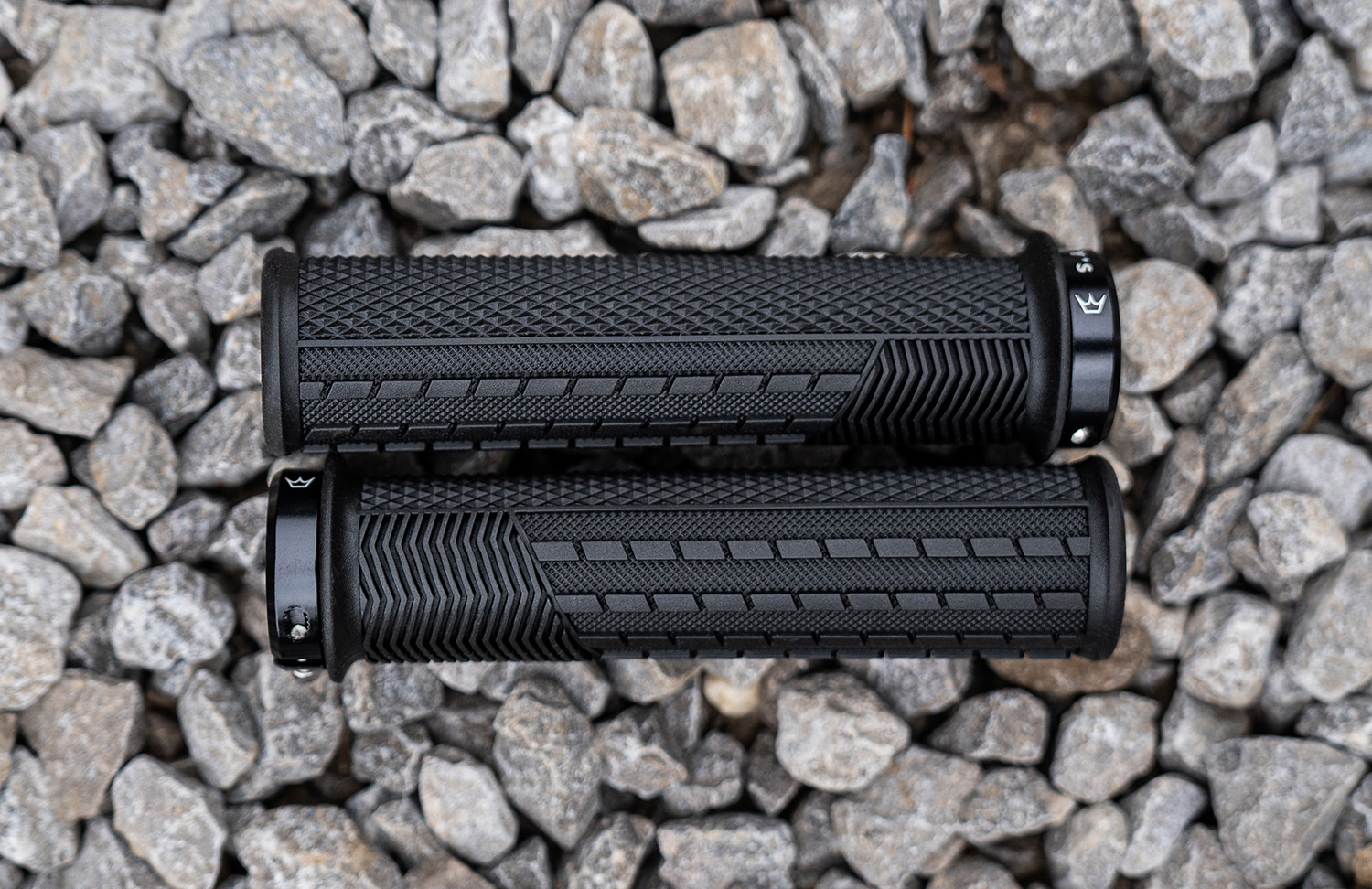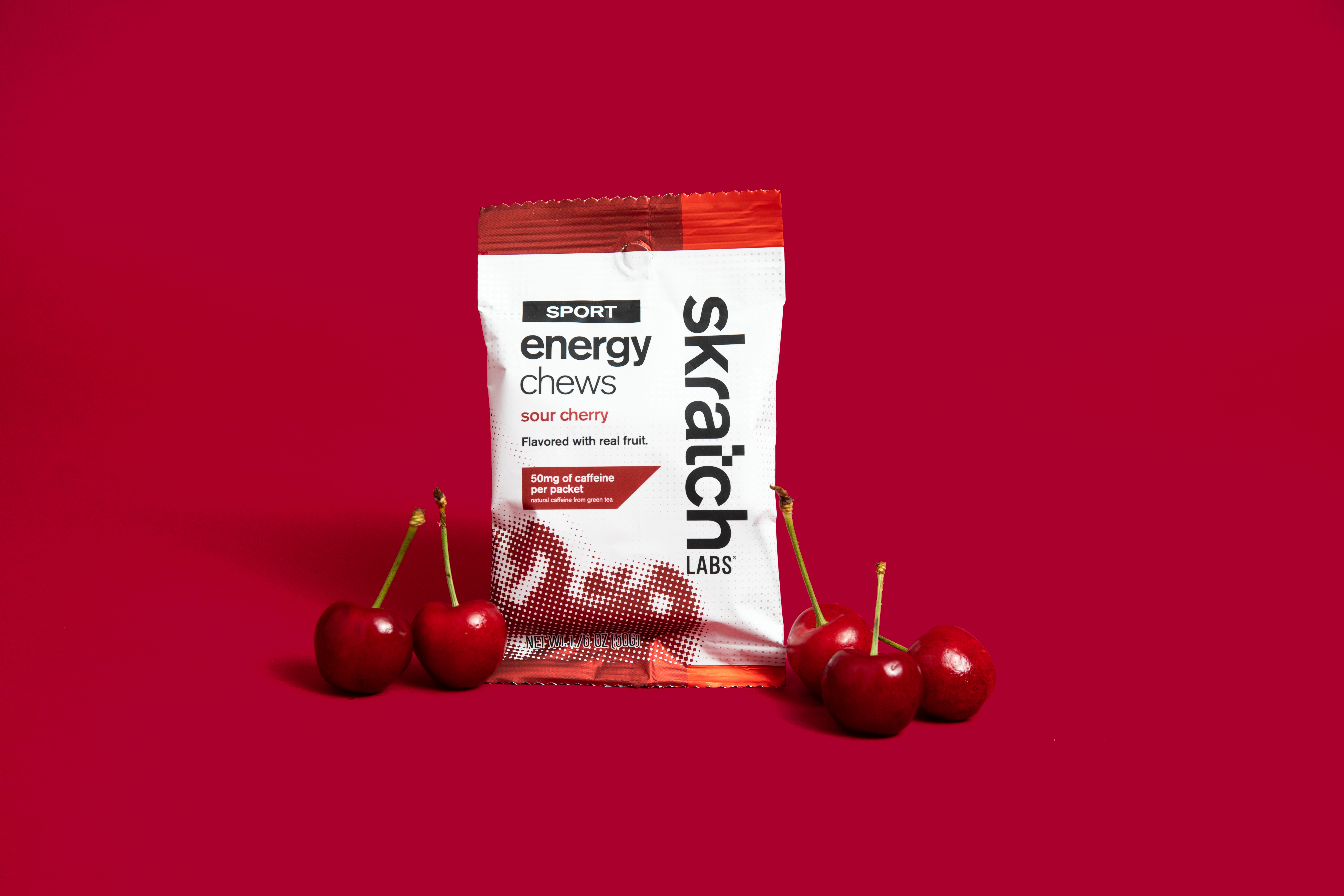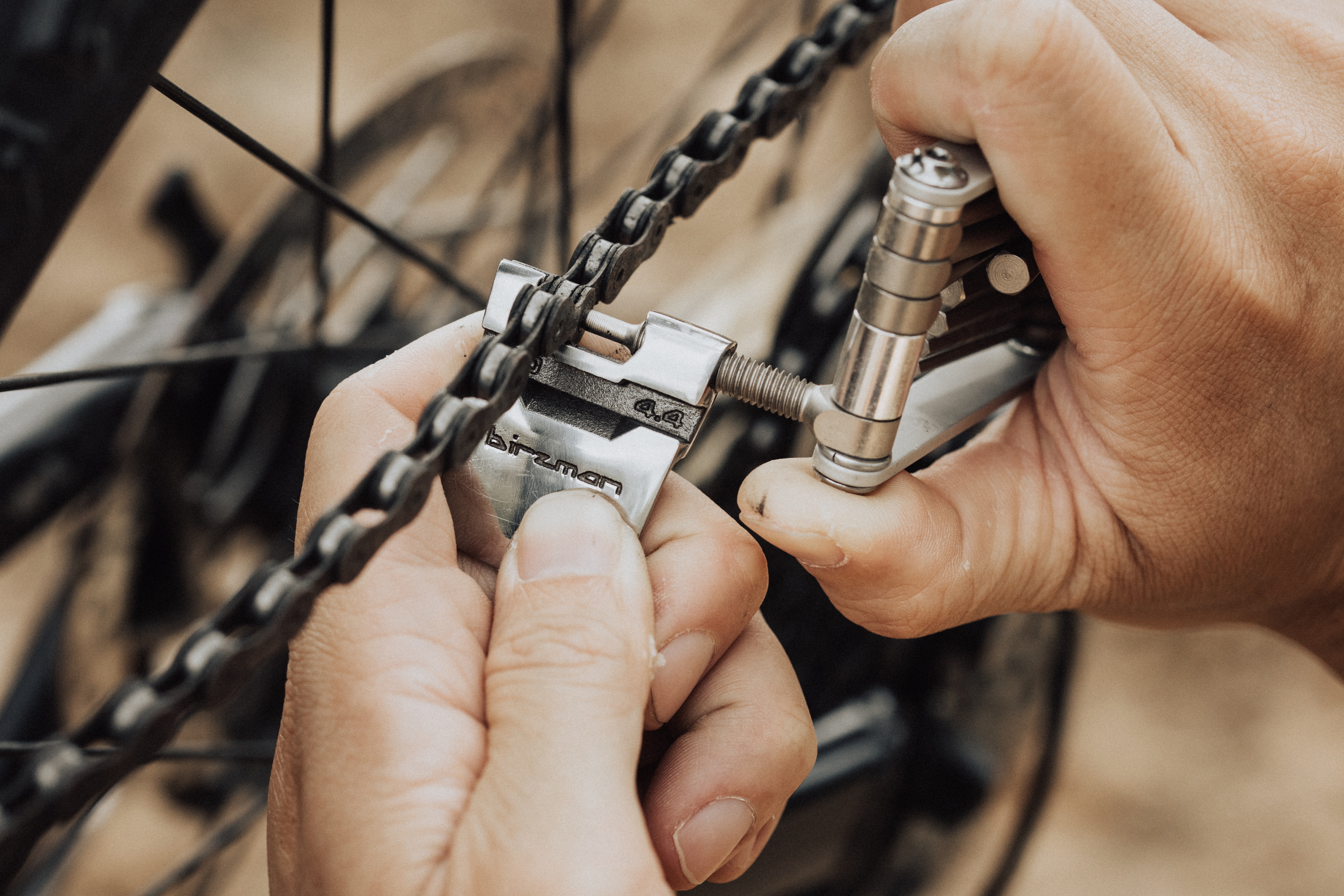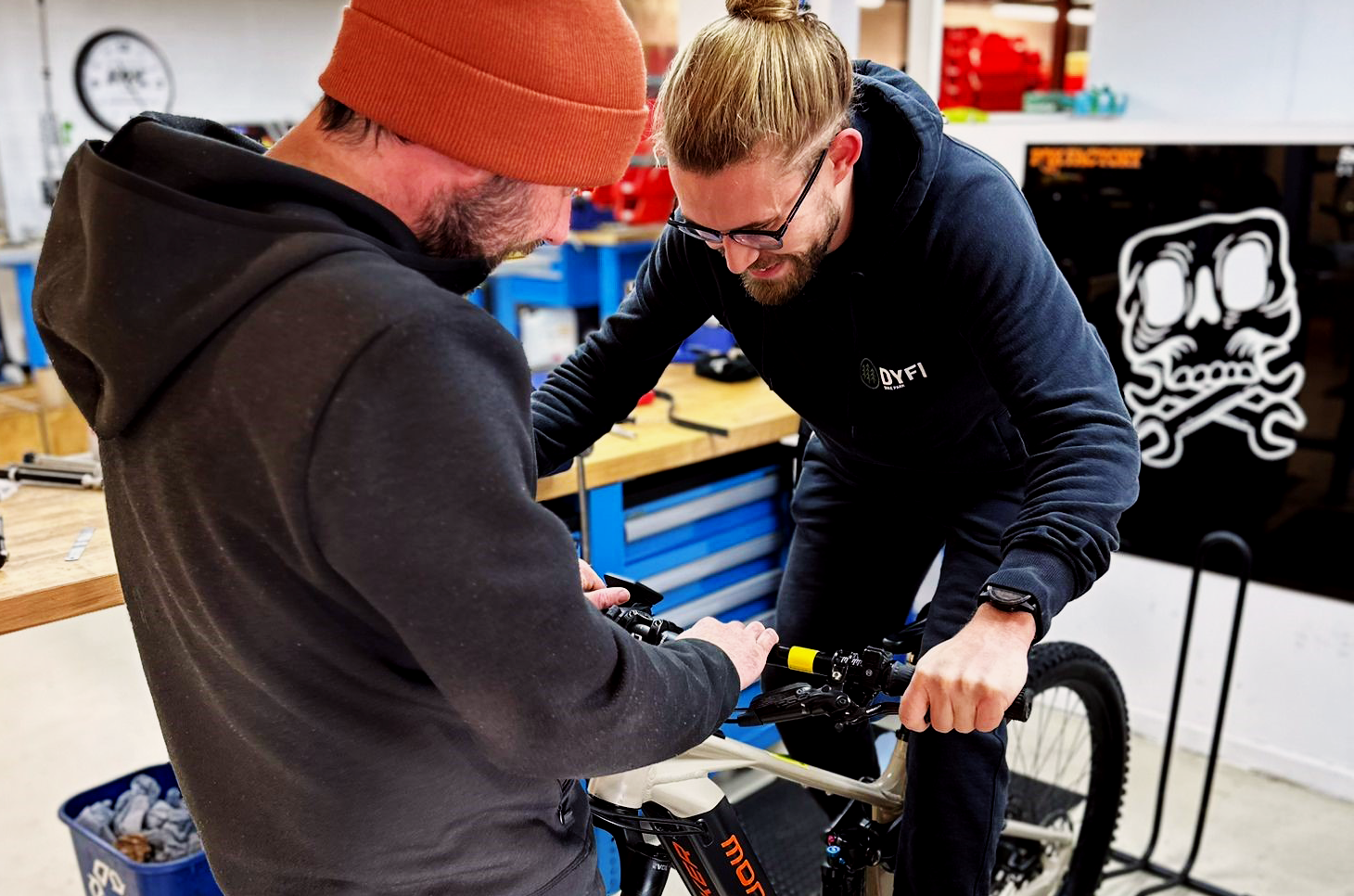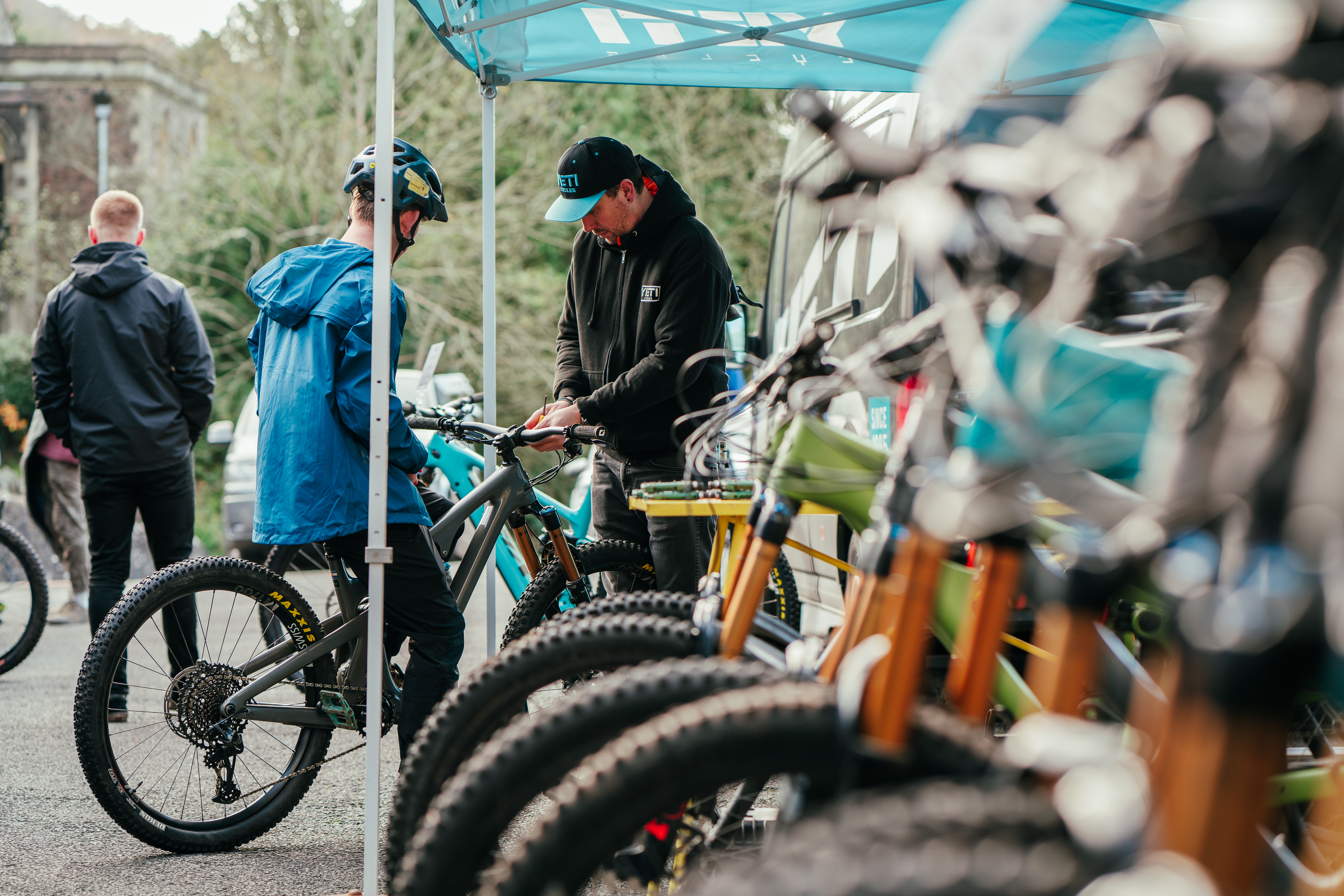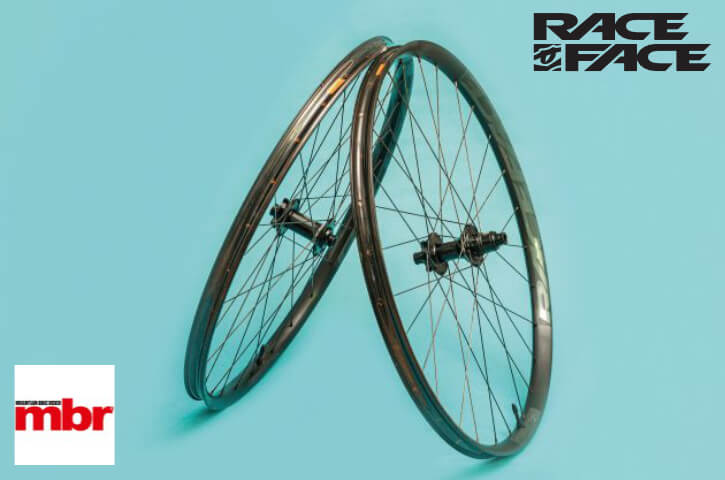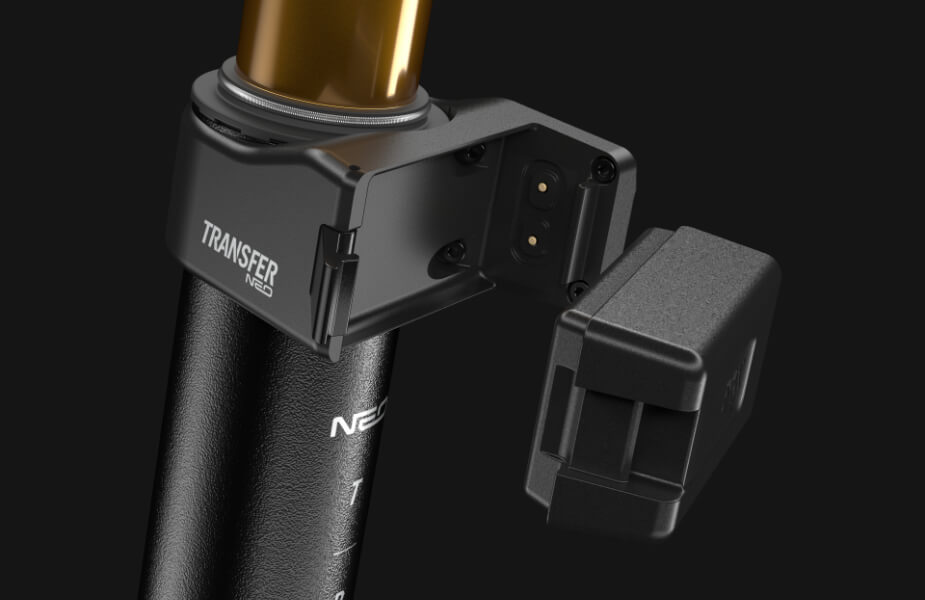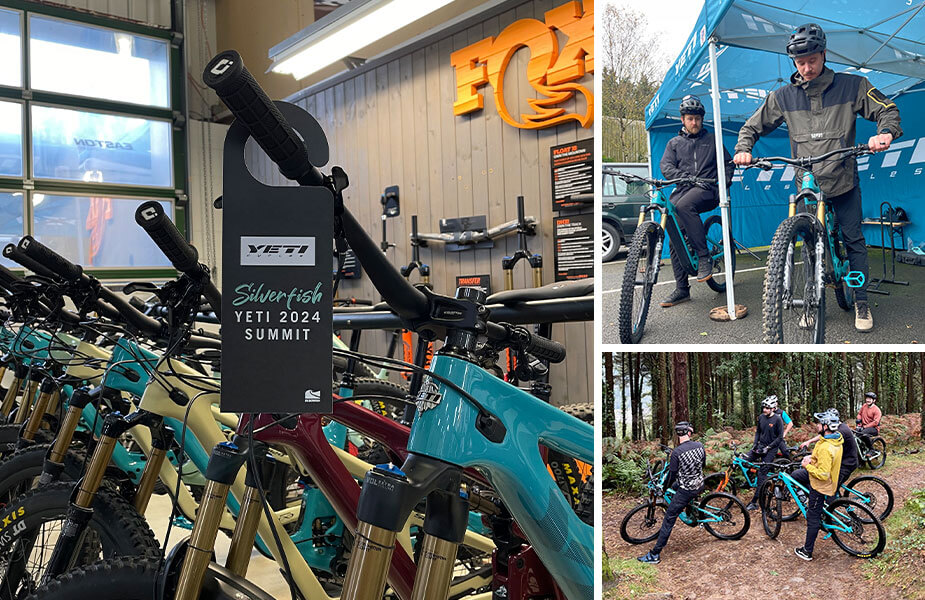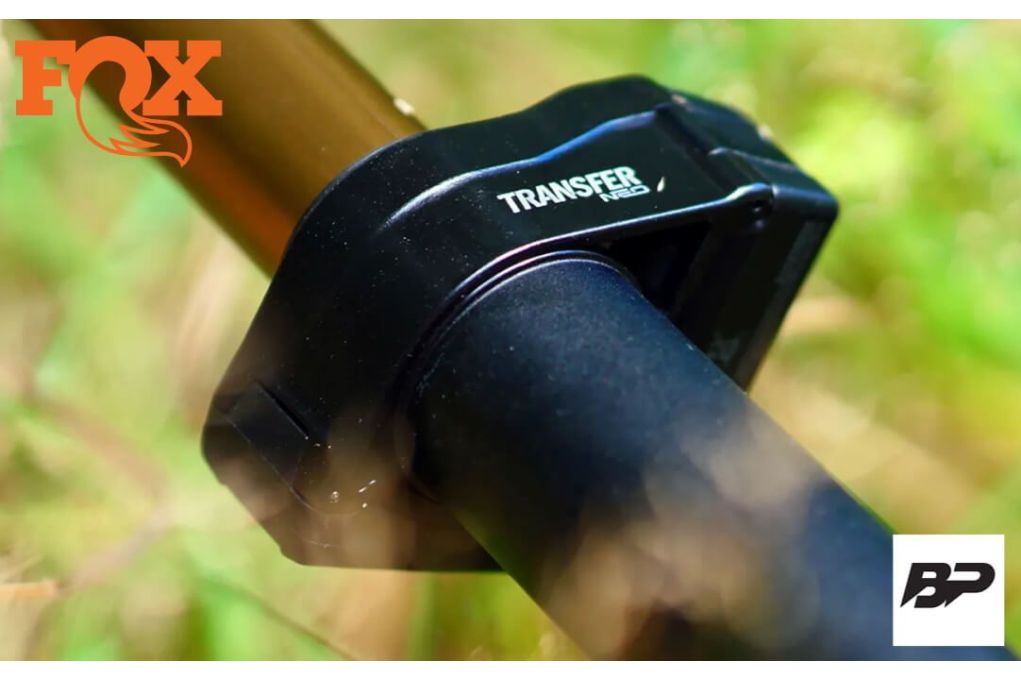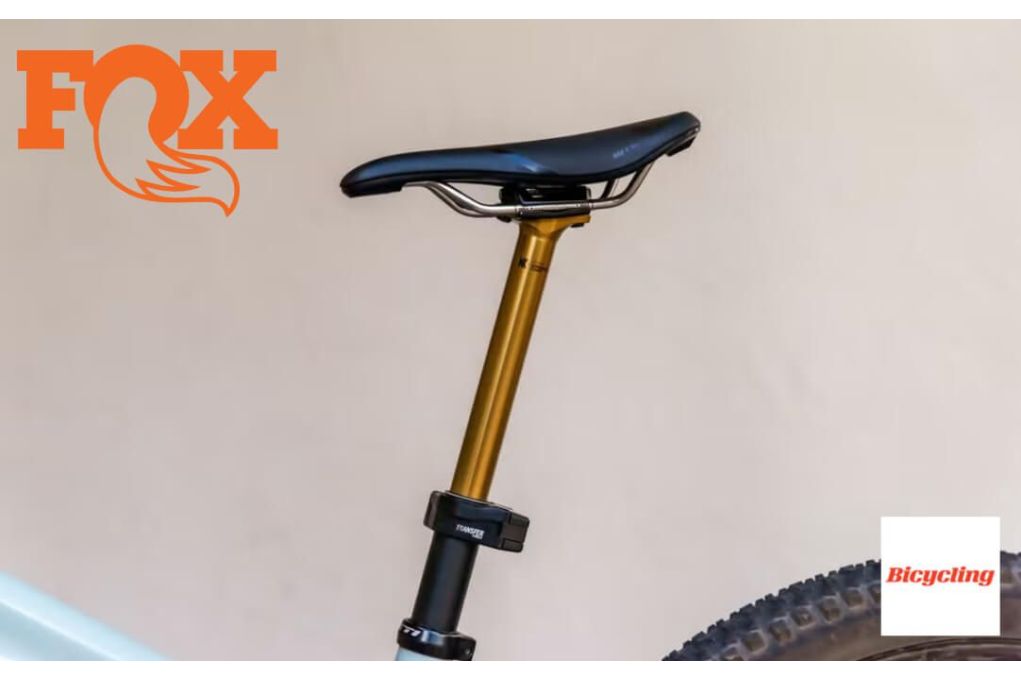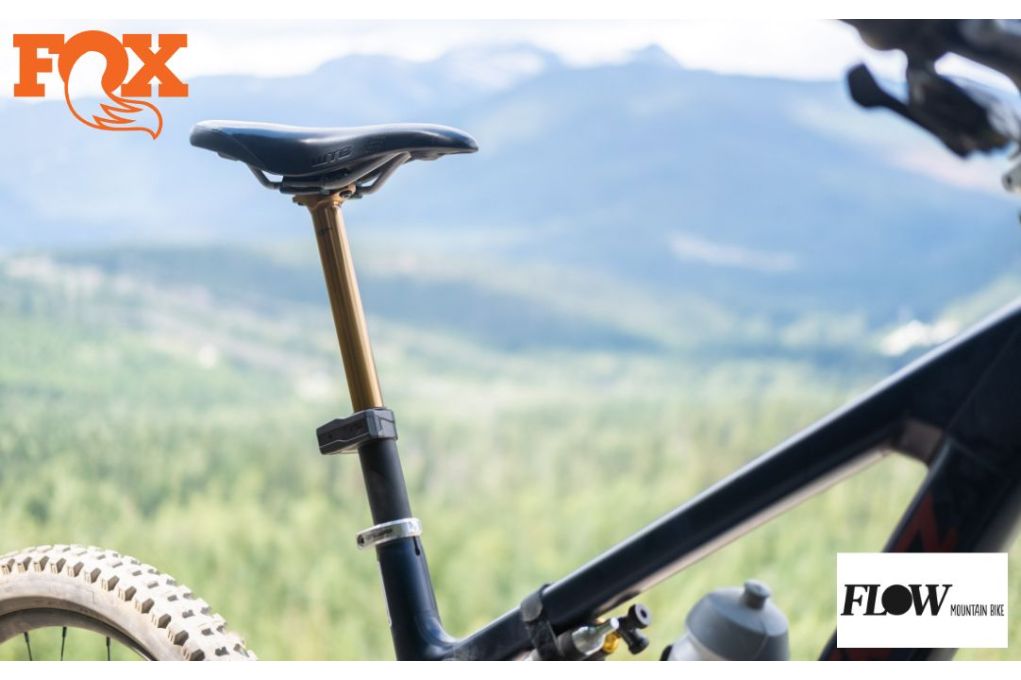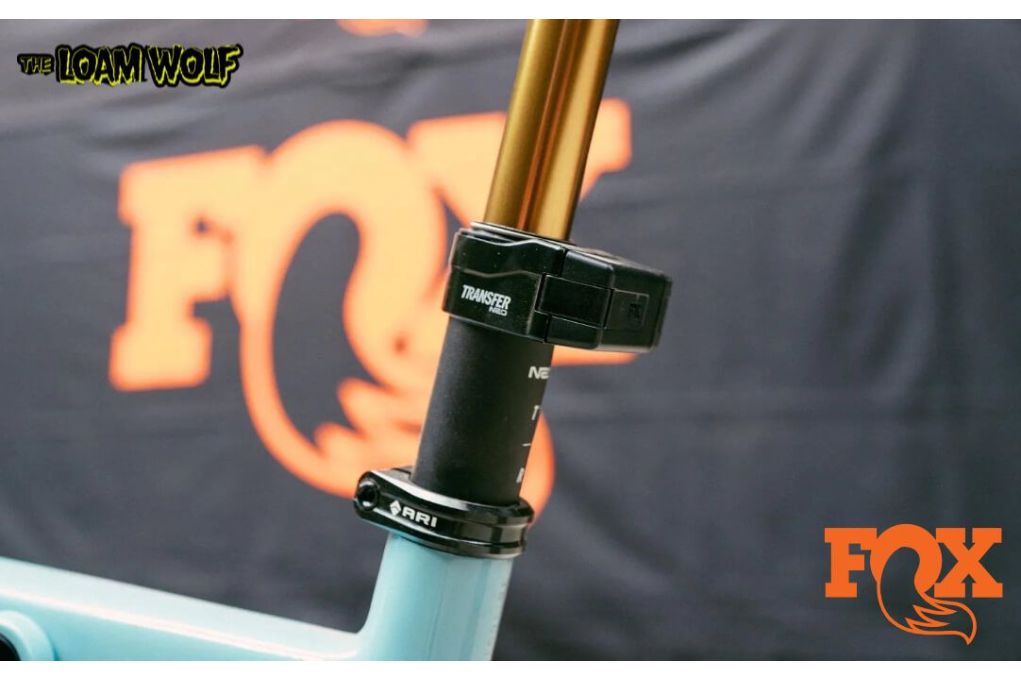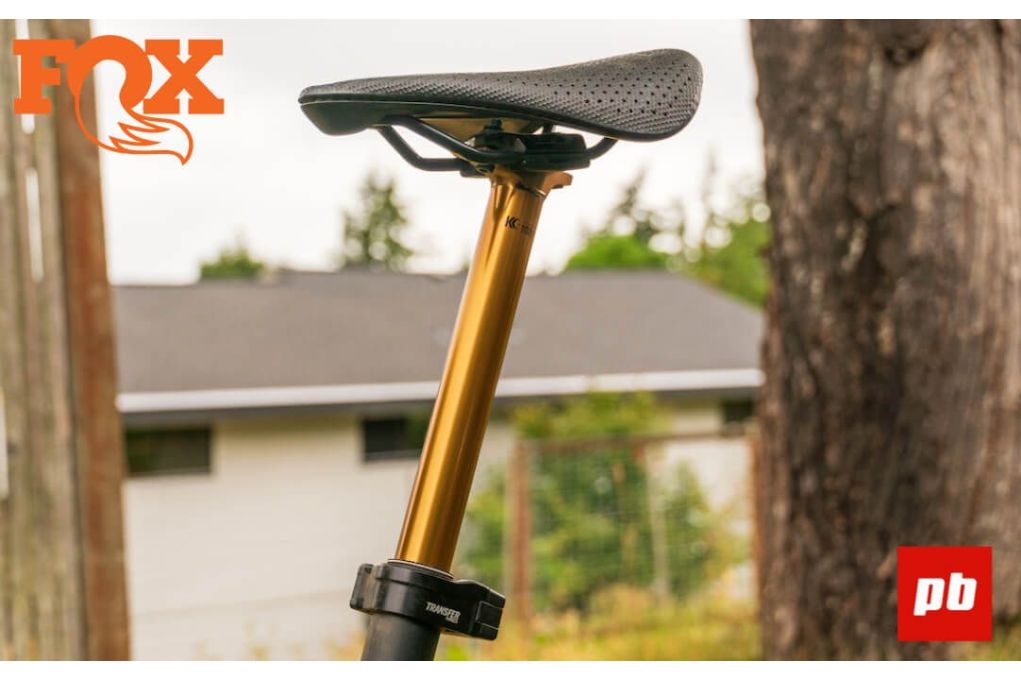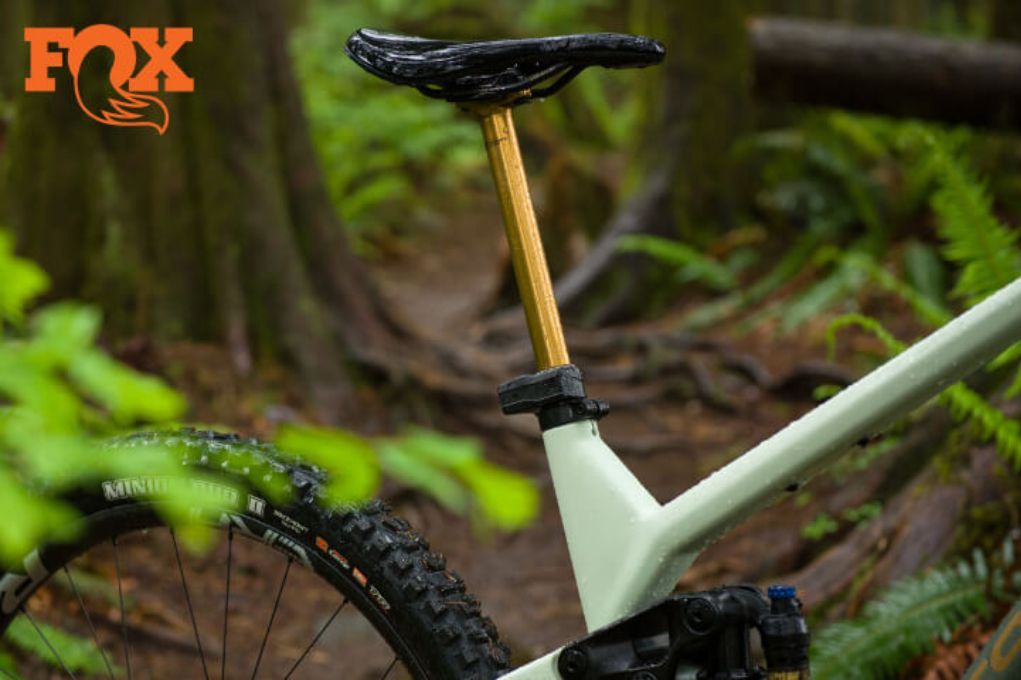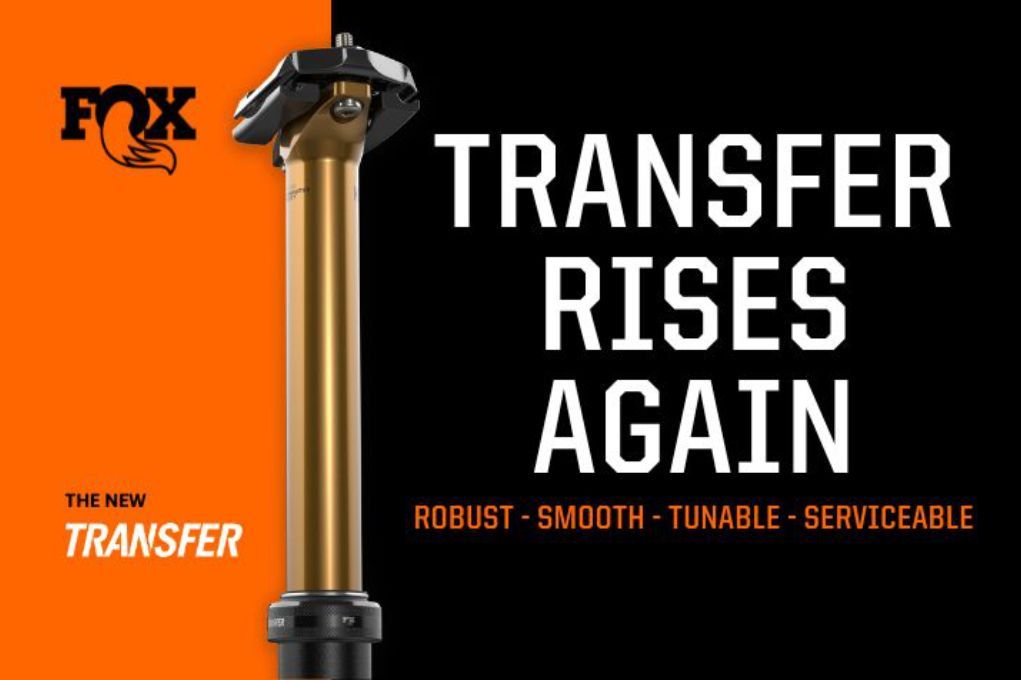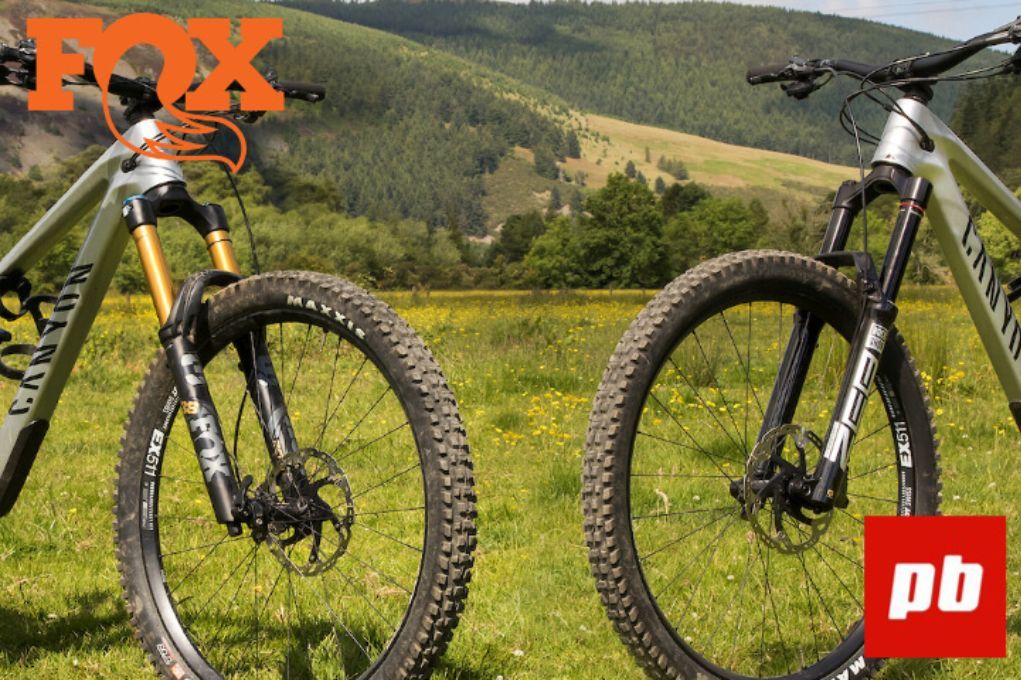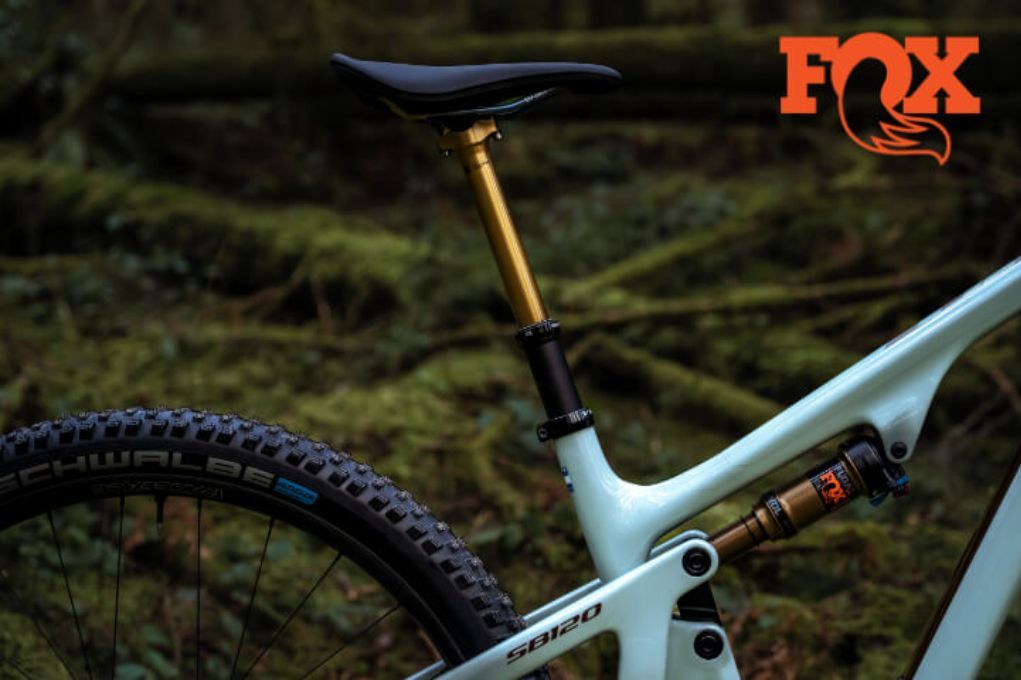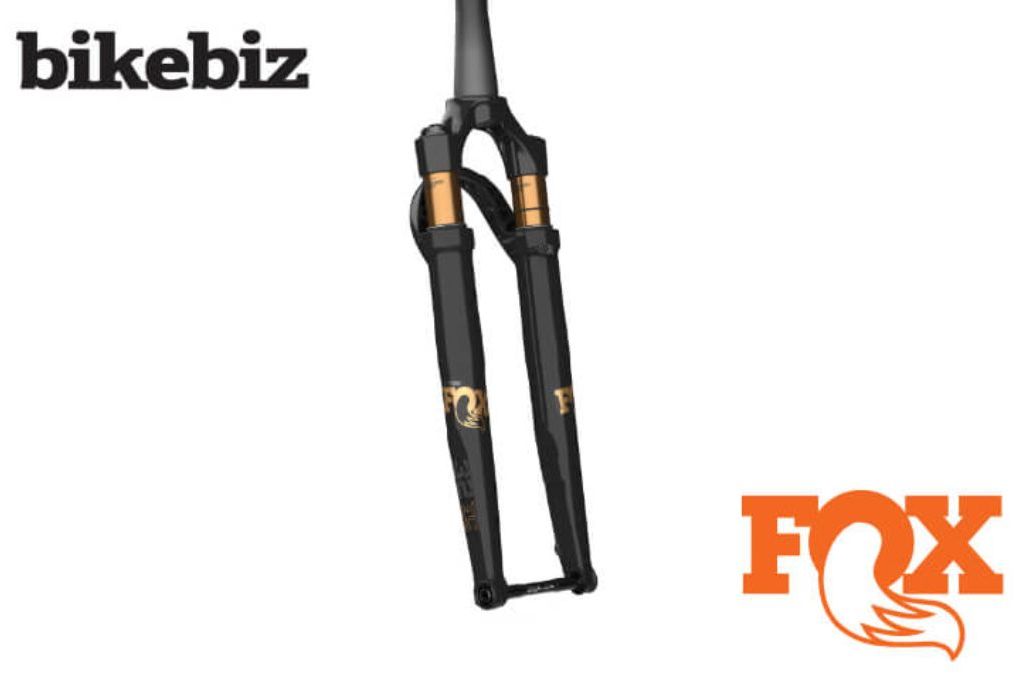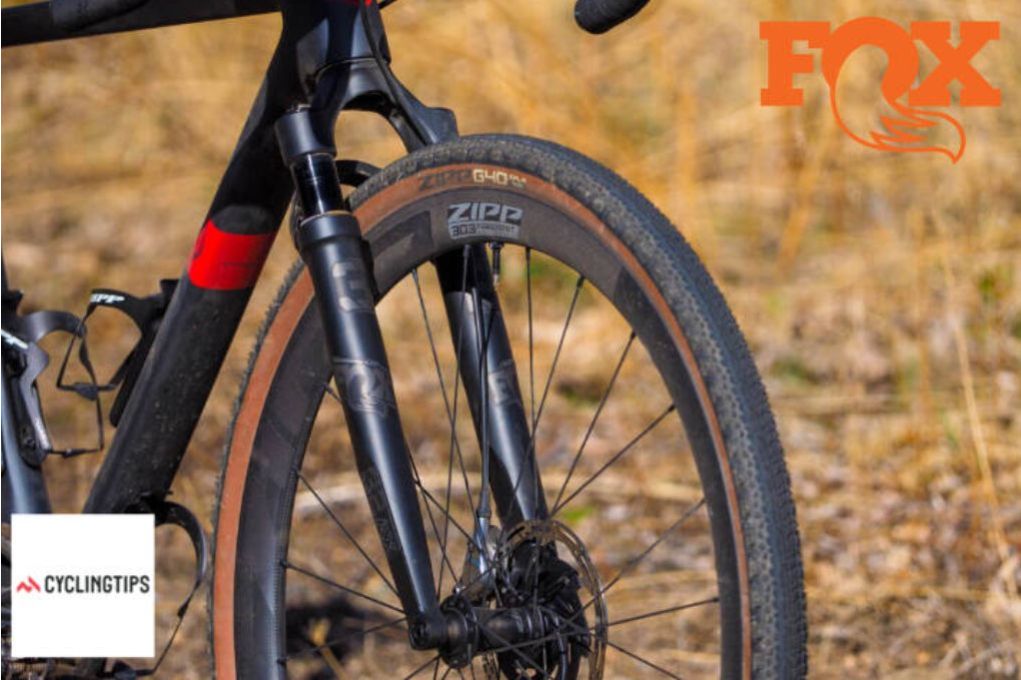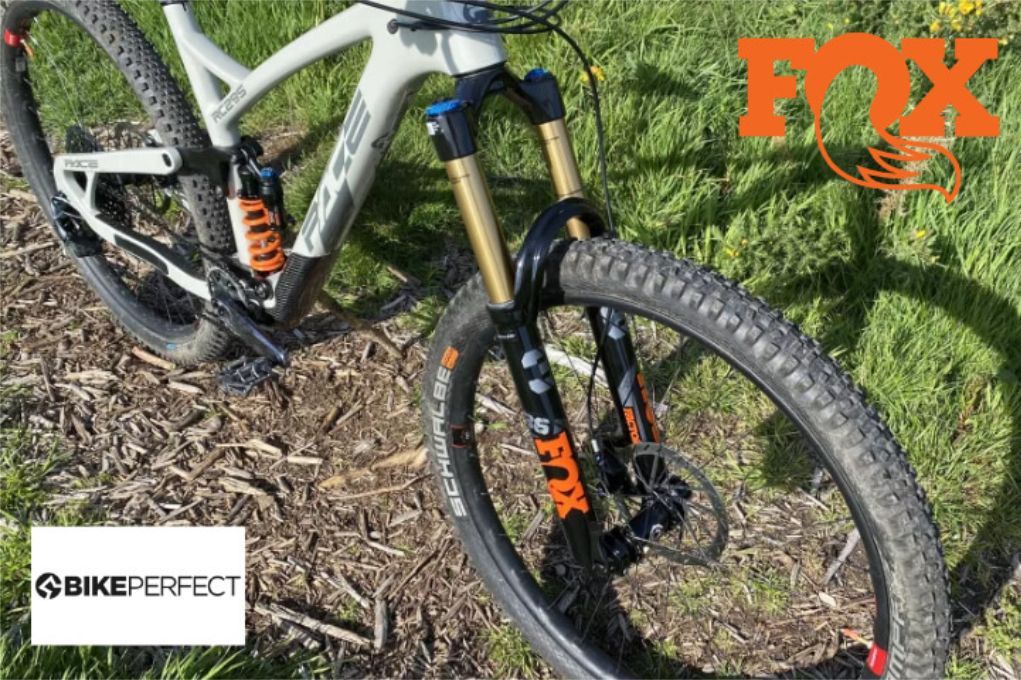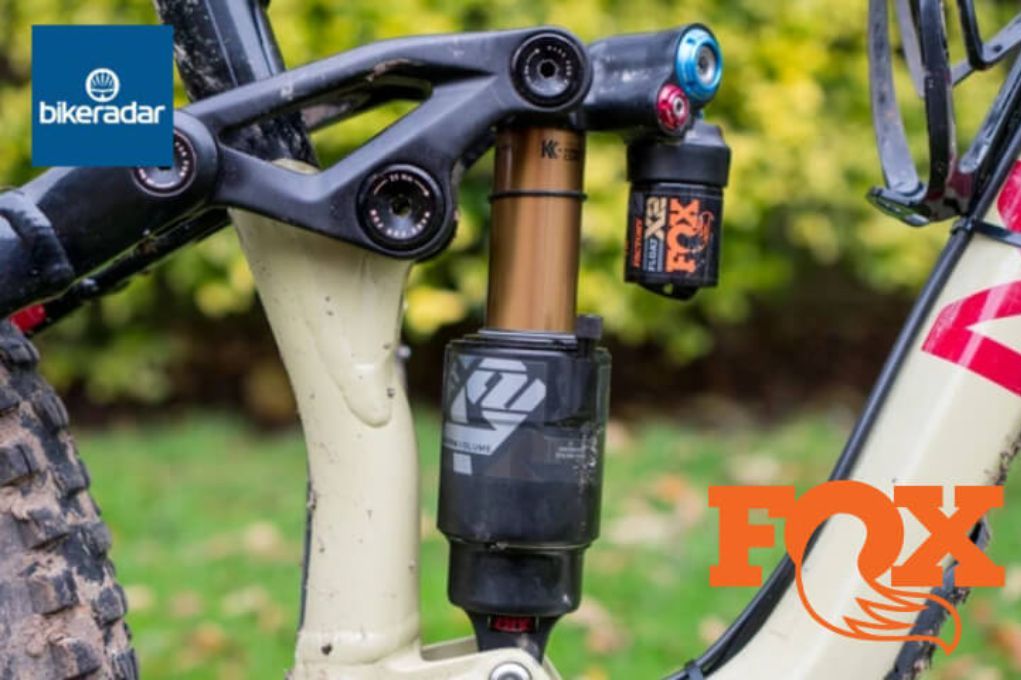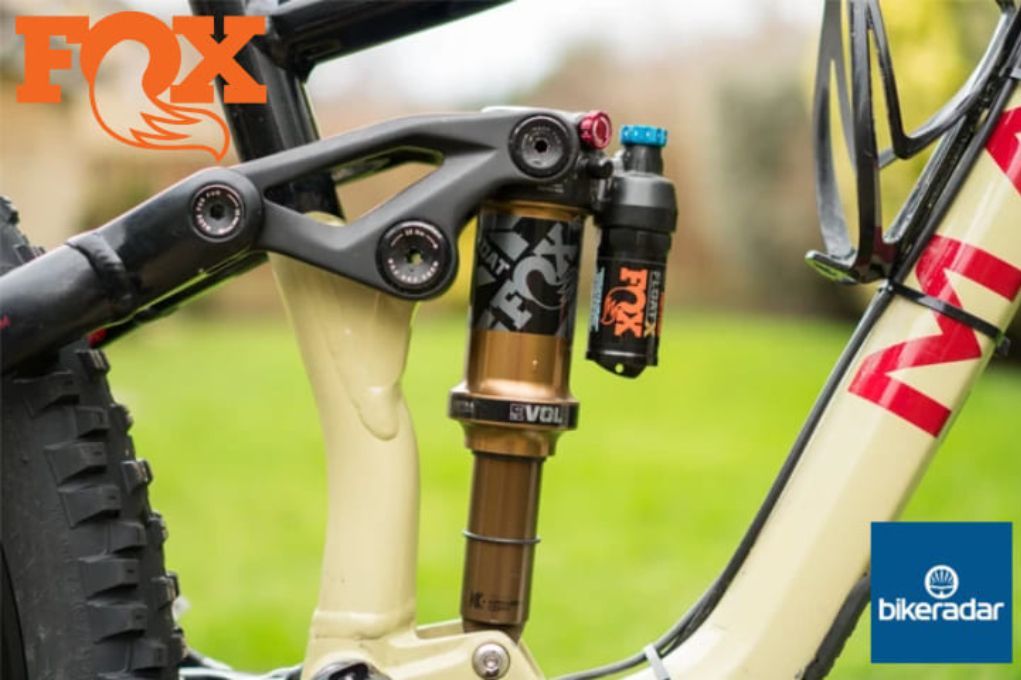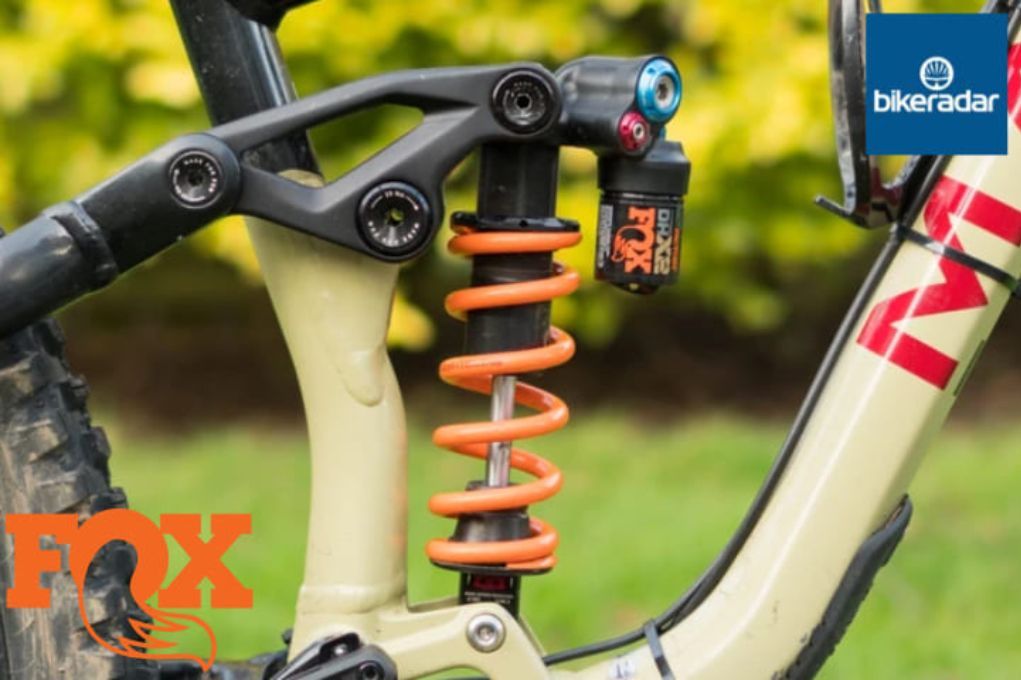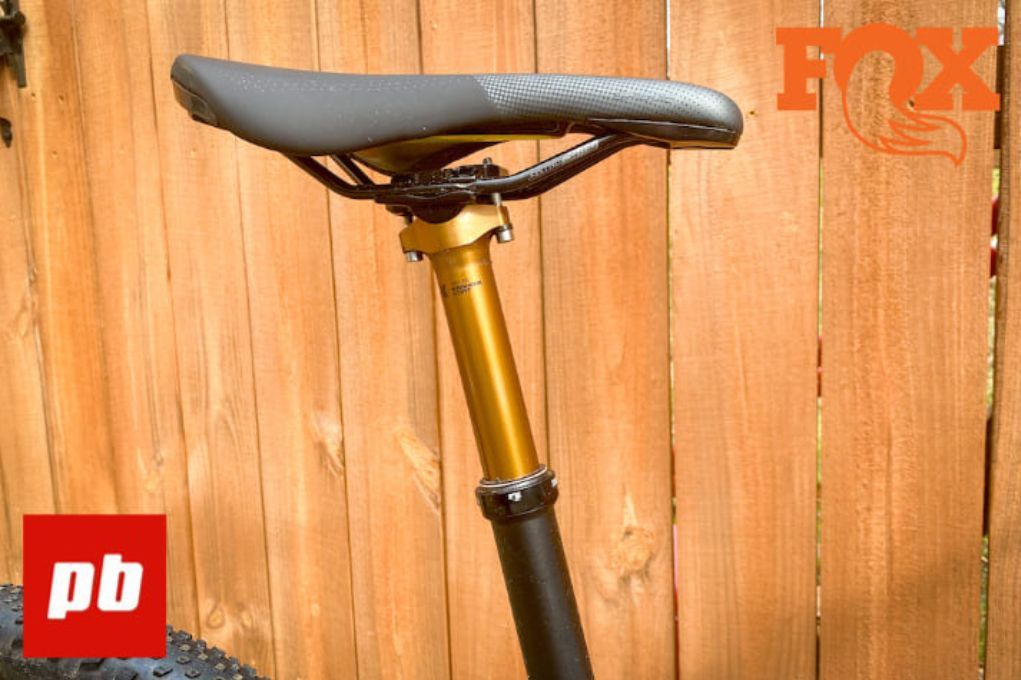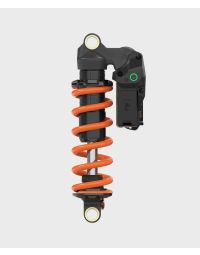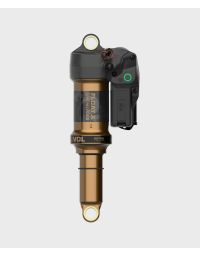ARMEGA SP25
Review: MBR - Fox Live Valve Neo Active Suspension System

MBR has reviewed the Fox Transfer Neo Seatpost. Here is what they had to say:
Fox has a new suspension system out called Live Valve Neo that will open and close your shock faster than the blink of an eye and make your bike quicker and more efficient on the climbs… and the descents too.
That’s the big claim anyway, although it’s one we’ve heard before from Fox, which launched the original Live Valve back in 2018 to less than rapturous applause – we criticised it when we tested it. It’s now completely wireless, mounts its sensors on the brake calliper mounts, and gets tons more tuning options to mess around with too. And perhaps crucially it gets improved oil flow through its shock… sounds better already.
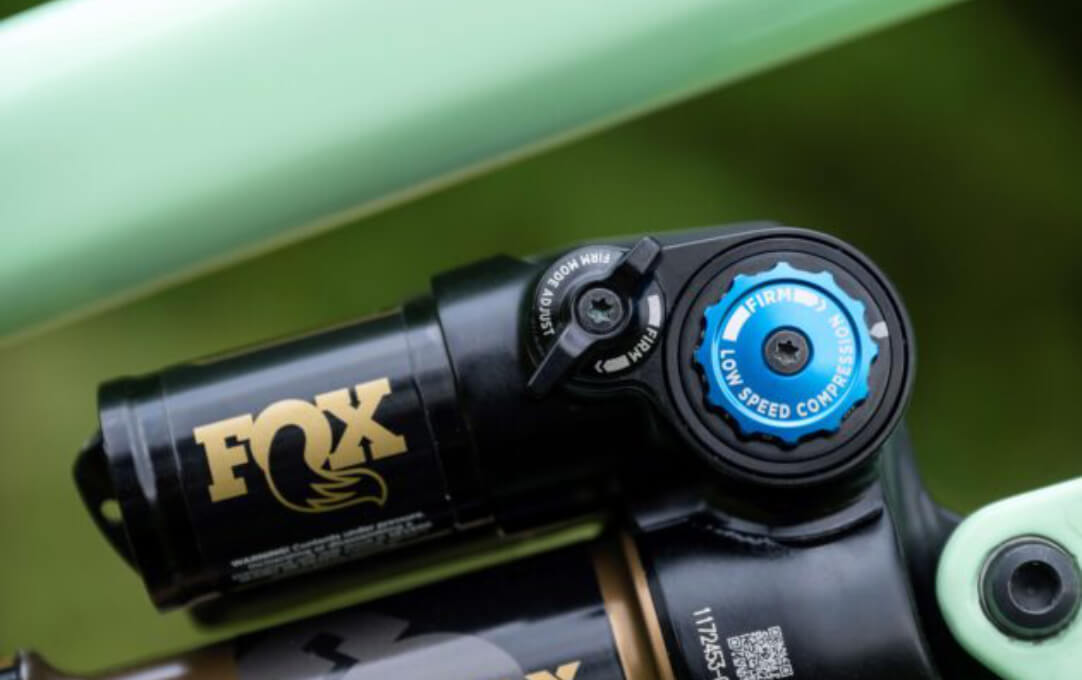
You can think of Live Valve Neo much like an automatic lockout lever for your shock then, one that’ll instantly open and close the damping circuits. It’s impressive technology, boasts amazing speed, looks brilliantly packaged and one we’re bound to see on some of the best mountain bikes in 2025. It’s also just the sort of technology we’ve been discussing in the latest MBR Show, where we ask: is mountain biking getting too easy? Check out the video…
Fox Live Valve Neo need to know
- New version of Fox Live Valve, automatically adjusts compression damping to optimise both pedalling and descending.
- Bolt on sensors on the front and rear brake callipers feed data to the shock and brain and pass through its algo, which decides whether the shock is Active or Supportive (open or closed).
- Natural successor to Live Valve 1 back in 2018, now with no wires and proprietary wireless technology first seen on Fox Transfer Neo dropper post.
- Fastest active suspension out there – data from sensors every 2.5 milliseconds, takes 14 milliseconds for the damping circuit to open or close.
- Fully customisable settings – Standard, Firm, Plush, Open, and Closed – accessed through Fox app.
- Available aftermarket, sensors are £450, then add a Float X shock for £1,119 or DHX for £1,099.
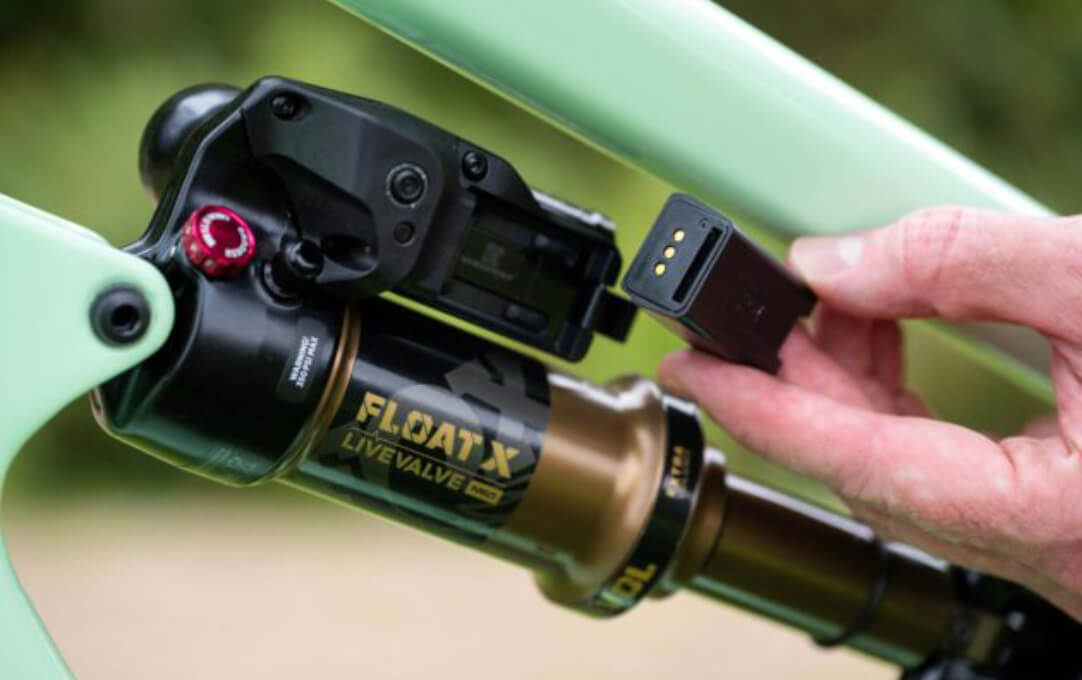
What is the Fox Live Valve Neo?
We can’t go any further without mentioning the elephant in the room, SRAM’s brilliant Flight Attendant, which is really the benchmark for automatic suspension. Both Live Valve Neo and Flight Attendant have the same goal in mind, which is to give you firm, efficient suspension where possible, and open plushness where it’s not. They go about it in very different ways though.
Neo works with just three components on your bike: two sensors mounted to the brake callipers, and a control unit or brain integrated into the dedicated Neo shock. There’s nothing in the fork so Neo won’t lock that out as Flight Attendant does, and there’s no spindle attachment either to detect how fast you’re pedalling.

How does it all work?
There’s no more wires for starters, which was one of the main bugbears of the old Live Valve for many people – it just looked like such a mess. This time Fox has developed its own wireless protocol to send data from the sensors to the shock. Suddenly Fox’s boasts about the Transfer Neo dropper post speed make sense.
Those calliper-mounted sensors are pretty small and discreet, and what’s more they’re ideally placed for gauging the terrain and telling the shock what to do. That’s because they’re part of the unsprung mass of the bike and can tell the brain exactly how the wheels are reacting to the ground, rather than its effects on the bike itself.
The sensors use inclinometers and accelerometers to tell the shock whether to remain closed (the default position), or open up and absorb some trail chunder. Fox calls the two states Active and support, with Active fully open and Support not fully locked out but more akin to a pedal platform.
There’s no motor inside the shock to open and close the damping circuit, instead Fox uses a solenoid valve to open and close the aperture and cut off the oilflow to close it up. It’s a great design because it’s not power hungry or noisy like a motor.

How fast is Live Valve Neo?
Really fast is the short answer, but curiously enough much slower than the original wired Live Valve. The numbers are impressive if largely useless unless you’re an electrical engineer, but here’s the gist of it. Live Valve Neo will read the terrain every 2.5 milliseconds (400 times a second), signals from the sensor take around one millisecond to reach the controller, and it takes 14 milliseconds (1/70th of a second) for the damping circuit to open or close. That’s faster than any other auto lockout system around, Fox says, without naming Flight Attendant.
Back in 2018 Fox told us Live Valve 1 took just three milliseconds to open or close its solenoid valve though, with the bump sensors reading the terrain more than twice as often, at 1,000 times a second. Fox says it had to invent a new protocol to introduce Live Valve Neo and remove the wires. Does this mean Live Valve Neo is too slow? Categorically not, but perhaps it reveals there’s more to an automatic lockout than speed alone.
How Live Valve Neo rides
I’m not a fan of the usual pedal platform switches to lock out the shock on climbs, simply because I invariably forget to flick them off again for the descents. Naturally that’s not a problem here, Live Valve Neo converted my Yeti 165 test bike into a hardtail on the climbs, and an enduro rocket on the descents, all without having to take my hands off the bars.
That’s the short answer, but I get the feeling there’s an awful lot of fettling involved to get the perfect setup here, and my couple of hours testing it brought up more questions than satisfactory answers. From physical setup with the lockout dial to staring at my phone and customising the app, Live Valve Neo adds a lot of potential faff to just riding your bike.
To begin I twiddled the Firm Mode Adjust dial to its firmest setting to give myself a benchmark and feel the effects, which were immediately obvious. Climbing on tarmac or smooth Live Valve Neo is taut as an XC bike, but one with pretty wide tyres – efficient but comfy.
On lumpier fire roads I started to feel the shock open more often as the fork hit small dice-sized rocks and this helped me keep traction and rolling speed. It was almost too large a gulf between being active and supportive though, on a couple of occasions I spun the rear wheel after the shock firmed up suddenly, firing a rock unexpectedly out behind and probably losing me a few watts of power.
The solution was to dial off some of the support, which presumably lets more oil flow through the damping circuits. Just how many clicks to use would take plenty of working out though, and is bound to change between trails. But the most important take home is that there’s a big difference between the clicks and therefore plenty of adjustment on offer. On really techie and steep climbs the shock remained open and gripping when I needed it to, rather than saying stubbornly locked out.
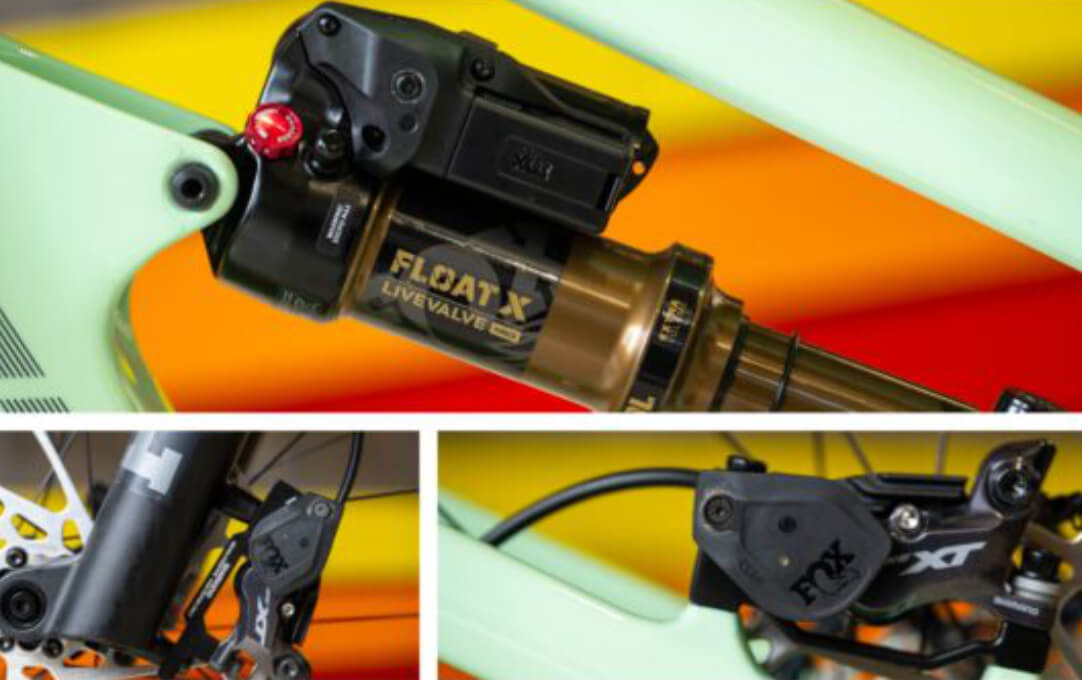
Verdict
Live Valve Neo will be a race weapon in the right hands. In the limited time I rode the system it reacted with speed and alacrity, making the Yeti 165 test mule feel taut and almost like a trail bike at times. It’s undeniably efficient and for any kind of riding against the clock I believe this system will, and probably already has, won crucial seconds. Fox has done a great job integrating Live Valve Neo onto its shocks too, the sensors are really discrete and it’s better looking than Flight Attendant too. Away from the tape and for regular riding it’s probably less useful though, yes I felt faster and more efficient but you’ll pay a hell of a price for that. There are plenty of riders who’ll resent the extra faff of battery charging, perfect setup, and the extra weight involved too. Do I really need Live Valve Neo? Definitely not, but it doesn’t stop me wanting it on my next e-bike though.
Read the full article here.


